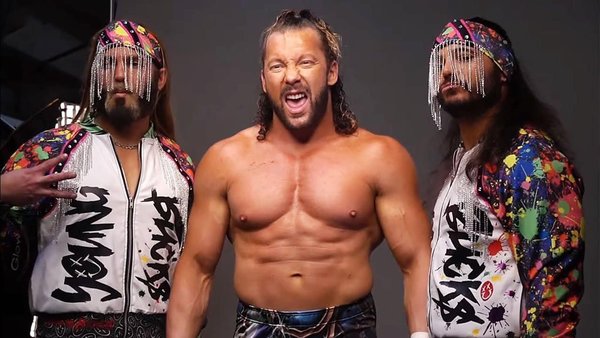The Misunderstood Genius Of AEW's Kenny Omega

In the end, after an incredible sell-job and a comeback with no real hope, in an exquisite chaining of offence, Omega blasted Ospreay with a straightjacket German suplex. This allowed him to transition seamlessly into the Kamigoye: the last "f*ck you" to Ospreay in retaliation for shelving Kota Ibushi four years prior. A story four years in the making was rooted in a love story that has spanned a decade and a half.
And this four-year story is not over; the idea is to run at least one more match, at the end of which Ospreay successfully takes Omega's spot.
The problem is that Omega and Ospreay didn't interact with a microphone in hand or an invisible camera pointing at their faces, which appears to be a prerequisite to tell a "story" these days. The problem, again, is that Omega didn't repeatedly say "I'm in your head rent-free" on national television.
It is far from the only long-term story that Omega has told. The Kota Ibushi saga remains unfinished. His seven-year association with the Young Bucks is also unfinished. Omega treats his wrestling career as one long arc with an unparalleled focus on continuity. His work is almost too densely packed with subtext, if, at least, he wants a mass audience to anoint him one of the best storytellers in the industry. Take for example his long programme with Hangman Page. Just as they seemed to reunite, after the first Stadium Stampede match, a "throwaway" line on a Road To AEW Dynamite show on YouTube created more conflict. "I can count the number of drinking buddies you have on one hand" made Page feel worthless, and allowed FTR to creep in and manipulate him.
The problem with Kenny Omega's approach to storytelling is that he actually adheres to its most important rule - he shows and doesn't tell - but wrestling on the whole still hasn't grasped that.
The word "storytelling" in online wrestling circles is relentlessly misunderstood - and so is Kenny Omega's genius.